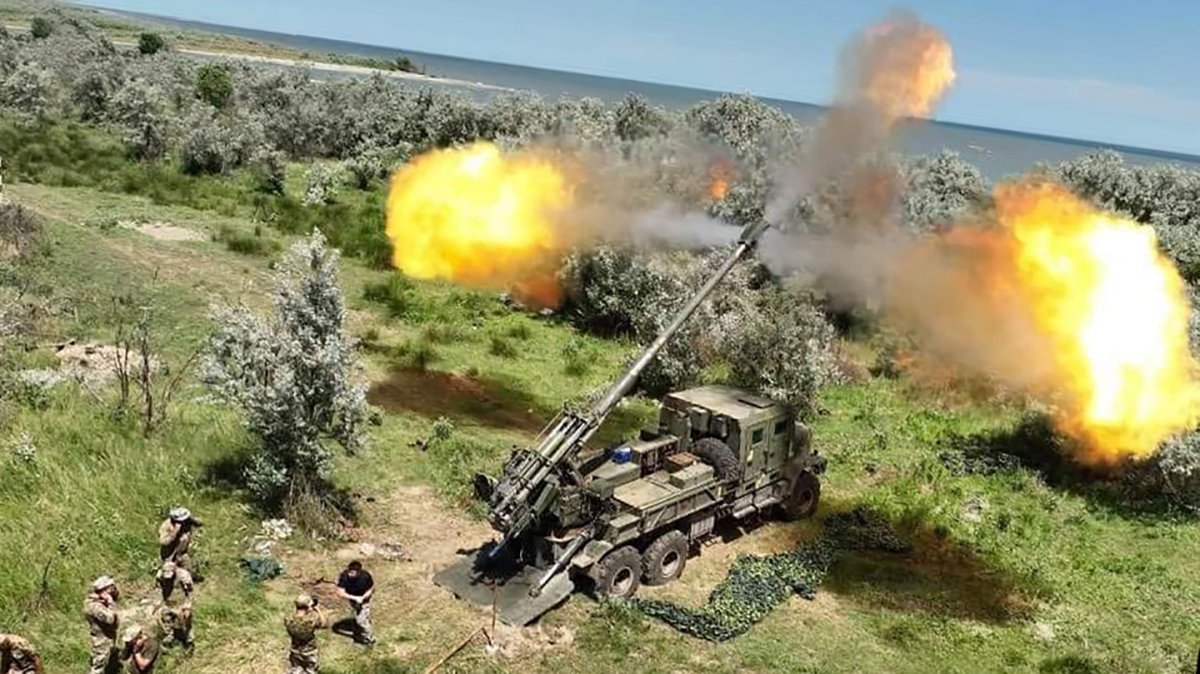Wouldn't NATO standard 155mm ammo be compatible to every 155mm piece?If the ammo usage is limited by different systems then yes a true nightmare, If not then its more annoying then a major limitation.
I would think that the main challenge would be ensuring that sufficient quantities of various non compatible parts are available for the various systems operated. Another issue is that of training. In an article posted previously it was mentioned that "x" number of M-777s were out service soon after delivery because of certain technical issues. Another article I read somewhere was problems faced by the overly complex FCS on the Caesar. Operating and sustaining such a large number of different arty pieces would be challenging for a peacetime army; let alone one in the midst of a major war.
I'd be interested in knowing if any feedback is first sought from the Ukrainians before sending them certain kit and whether the Ukrainians have ever politely but firmly rejected some kit because of support/commonality issues. In the early days the Ukrainians were grateful for anything that was sent. I suspect they've become a bit selective now because of sustainment issues.
Last edited:


